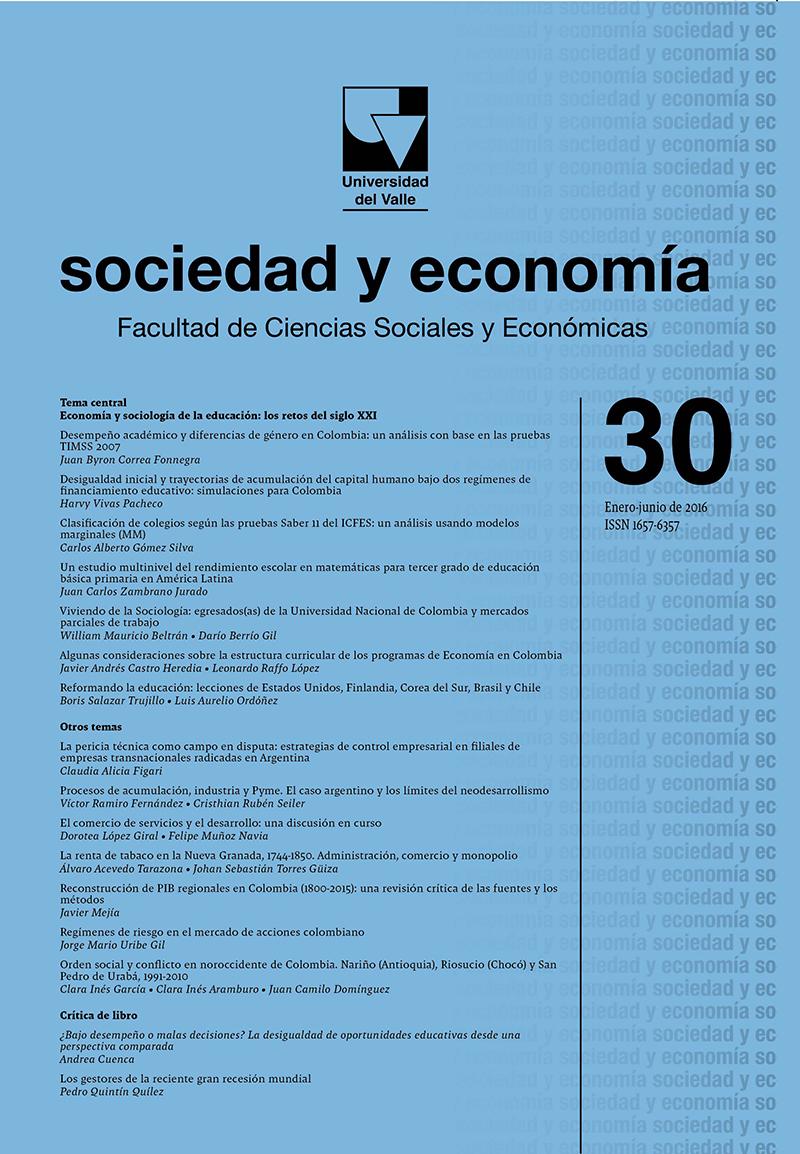Transforming Education: Lessons from the United States, Finland, South Korea, Brazil and Chile
Educational reform higher education complex adaptive systems.
Main Article Content
Although there is no a definitive method to appraise long-run educational reforms or policies,we claim that it is possible to find a set of regularities concerning the dynamics ofeducational reforms so as to assess their flexibility, transformational power, coherenceand capacity to mobilize the highest amount of social, human, intellectual, economicand cooperative resources. We found that successful and deeply transformational reformshave been the product of human action and not of human design, and that flexibility,social cohesion, community involvement and the adoption of complex adaptivesystems are the foundations for successful and enduring educational reform. Finland isa good example of the first type, Chile and Korea of failed reforms. and the United Statesis a special case, since it has managed to maintain its advantage in higher education,despite the weakness of their basic education.
Salazar Trujillo, B., & Ordóñez, L. A. (2016). Transforming Education: Lessons from the United States, Finland, South Korea, Brazil and Chile. Sociedad Y Economía, (30), 171–195. https://doi.org/10.25100/sye.v0i30.3905
- Boris Salazar Trujillo, La confesión de un economista , Sociedad y Economía: No. 32 (2017): Número 32 (Enero - Junio 2017): Violencia urbana
- Boris Salazar Trujillo, Las redes sociales en la sociedad y en la economía , Sociedad y Economía: No. 16 (2009): Conflicto, Desplazamiento y Redes Sociales
- Fabio Alberto Arias Arbeláez, Boris Salazar Trujillo, Economía, crisis y civilización , Sociedad y Economía: No. 28 (2015): Número 28 (Enero - Junio 2015): Economía, crisis y civilización
- Boris Salazar Trujillo, Ana María Franco Escobar, The pyramid’s game , Sociedad y Economía: No. 16 (2009): Conflicto, Desplazamiento y Redes Sociales
Revista sociedad y economía editada por la Facultad de Ciencias Sociales y Económicas de la Universidad del Valle se encuentra bajo una Licencia Internacional Creative Commons Atribución - No comercial 4.0
Basada en una obra en http://sociedadyeconomia.univalle.edu.co





